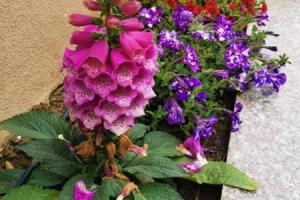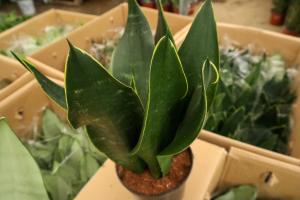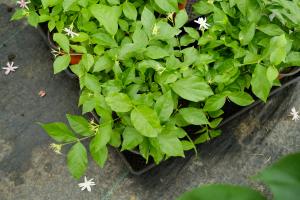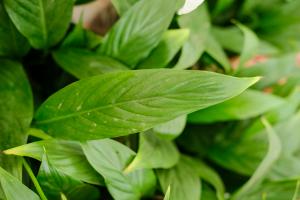Introduction
Spider plants, scientifically known as Chlorophytum comosum, are commonly grown as indoor houseplants due to their ability to survive in low light conditions. They are native to tropical and southern Africa and have long, narrow, arching leaves that are usually green with white stripes.
Benefits of Spider Plants
Spider plants have several benefits, including being able to purify the air. They are fantastic at removing toxins from the air, such as formaldehyde, benzene, and carbon monoxide. Studies have also shown that spider plants can reduce the amount of mold in the air, making them great for people with allergies or asthma. Another benefit of spider plants is that they are easy to care for and can add a pop of green and texture to any room.
Low Light Requirements
Spider plants are known for their ability to thrive in low light conditions. While they prefer bright, indirect light, they can still survive in lower light conditions. However, when grown in low light, spider plants may produce fewer runners and produce smaller leaves. This is because they are adapting to the low light conditions and conserving energy. Additionally, spider plants may become susceptible to root rot if over-watered in low light conditions.
Caring for Spider Plants
To care for spider plants, they should be planted in a well-draining potting mix and watered when the soil is dry to the touch. They prefer cooler temperatures and humid conditions, so they should be placed in a room with a temperature between 60-75°F and be misted often. Spider plants do not require fertilizer, but if you choose to fertilize, do so sparingly. Lastly, ensure that your spider plant is not exposed to extreme hot or cold temperatures or placed in direct sunlight.
Propagation
Spider plants are incredibly easy to propagate and can be done through runners. To propagate, look for a spider plant that has small "spiderettes" growing from the mother plant. Once the spiderettes have grown roots that are at least a few inches long, you can separate them by gently twisting the spiderette away from the mother plant. Then, simply plant the spiderette in a new pot with potting soil and care for it as you would a mature spider plant.
Conclusion
Spider plants are an excellent choice for those who want to add some greenery to their home, even if their home has low light. They are easy to care for, are known for their air-purifying abilities, and can easily be propagated. So, if you're looking for a low maintenance, low light houseplant, consider adding a spider plant to your collection.

 how many times do yo...
how many times do yo... how many planted tre...
how many planted tre... how many pine trees ...
how many pine trees ... how many pecan trees...
how many pecan trees... how many plants comp...
how many plants comp... how many plants can ...
how many plants can ... how many plants and ...
how many plants and ... how many pepper plan...
how many pepper plan...































